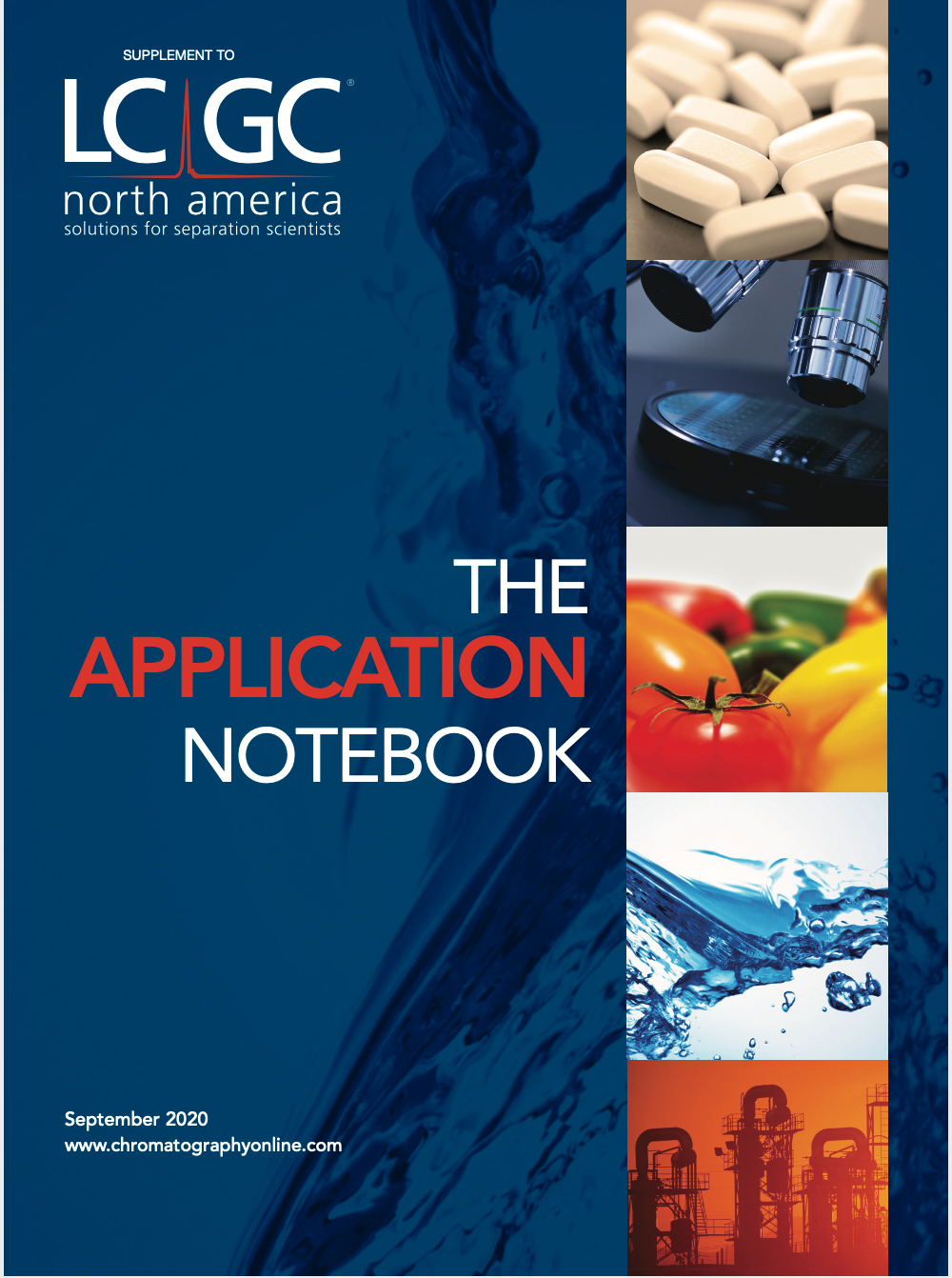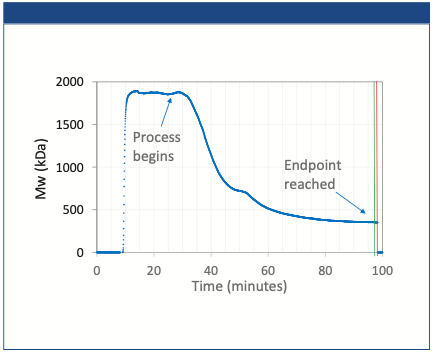Chromatotec - Cylinder Free Auto-GC–MS for Continuous SVOCs, VOCs, and PAHs Monitoring in Air
Ambient air is polluted by many semi-volatile and volatile organic compounds (SVOCs and VOCs) originating from anthropogenic and natural sources. These compounds contribute significantly to the formation of tropospheric (ground-level) ozone (O3), resulting primarily from the reaction of VOCs with NOx (NO and NO2) in the presence of sunlight, and secondary organic aerosol (SOA) by oxidation.
Automatic, continuous identification and quantification of VOCs in ambient air is possible through artificial intelligence; software compares results from FID and MS systems for validation of results, and identifies molecules by their ion’s spectrum. The system does not need an expert to interpret and analyze data.
Due to the large number of molecules, the complete separation of all compounds is difficult to perform using gas chromatography (GC) columns. Mass spectrometry (MS) detection must be added to identify a list of VOCs with expertise, also allowing identification of unknown compounds with FID or MS.
To respond to those needs, a new Field Dual Thermal Desorption (TD)-GC-MS/Flame Ionization Detector (FID) solution has been developed. This standalone system provides automatically- and continuously-validated results for the identification and quantification of more than 120 different VOCs as standard, directly on the field without the need of any daily operator.
Introduction
The airmOzone expert has been selected by the United States Environmental Protection Agency (USEPA). The USEPA requires Photochemical Assessment Monitoring Stations (PAMS) to collect ambient air pollutant and meteorological data to attain the National Ambient Air Quality Standard (NAAQS) for ozone nationwide.
The VOCs measured are gaseous aliphatic and aromatic hydrocarbons in ambient air up to C20, including the components of interest at the PAMS program, as well as the extra chlorinated compounds covered by Compendium Methods TO (Toxic Organic)-14 (EPA 625/R-96/010b) and TO-15. The data collected at the PAMS sites include measurements of a target list of VOCs such as paraffins, olefins, aromatics, and alkynes (1).
Additionally, the system is used by various reference institutes and universities to monitor Polycyclic Aromatic Hydrocarbons (PAHs) in industrial sites, tropical forests, and on-site under decontamination. Volatile PAHs measured in standard are: naphthalene, 2-methyl-naphtalene, 1-methyl-naphtalene, acenaphthene, acenaphthylene, fluorene, phenanthrene, and anthracene. Benzo(a)pyrene can now also be analyzed.
Instrumentation
The system consists of two automatic gas chromatographs (airmoVOC C2-C6 and airmoVOC C6-C20) both equipped with a FID detector, one for light compounds (C V2–C6) and the other for heavy compounds (C6–C20). Both TD-GCs are coupled to a single Quadrupole MS.
Air generators (airmoPure, Chromatotec®) were used for the flames of FIDs, valve actuations of the auto-TD-GC-FIDs, and drying of samples for C2 to C6 analysis, and hydrogen generators 99.9999% with dew point below -15 °C (Hydroxychrom, Chromatotec®) were used as carrier gas and to fuel the FID flames.
It can automatically identify and quantify VOCs down to ppt levels. Results are obtained every 30 min for molecules from 2 to 20 carbon atoms simultaneously. LOQ for Benzene is as low as 1 ppt in automatic.
The equipment is specially designed for field applications with the best performance and flexibility, optimizing the space. It can be placed in one cabinet or in two smaller ones, each one occupying less than one square meter of floor space. This miniaturized system is transportable, thanks to its wheels, and the inside is easily accessible thanks to the rack sliders, perfect for installation in mobile laboratories for on-site analysis.
Results
Characteristics of the Analytical Method
The stability and accuracy of the system is automatically checked every day by the internal calibration system, with benzene permeation tube for validation of the complete system and to provide automatic data validation. Both detectors gave an excellent correlation between their response and the concentration (>R2=0,999).
The robustness and long-term stability of the complete system allow validating data without the need for frequent calibration. The results are extremely stable at 10 ppb level with, for example, on benzene peak area RSD at 3.77% for MS detector and 2.51% for FID detector over more than 120 days without tuning or calibration during this period (Figure 1). The concentrations are automatically computed using VistaMS software which calculate the compounds concentration analyzed using high intensity on selected ion for each species.
Figure 1: Repeatability on internal calibration with airmOzone + DET QMS (120 days).

The performance of the system was studied using permeation tubes, certified cylinders containing VOC mixtures (PAMS, TO14 and TO15), and a dilution system equipped with two mass flow controllers and a dilution chamber. With this system, concentrations ranging from 0 ppb up to 40 ppb were generated.
Solving Coelutions in Ambient Air Samples
Compounds taking part in a coelution can be identified by FID coupled to MS detection. When a single FID detector is used, interferences may occur but the additional MS can identify individual components of a peak by choosing the compound with the best matching mass spectra pattern available in the NIST library. Thus, the peak at 680 s, identified as only N-Octane in Figure 2(a), could be deconvoluted into N-Octane and tetrachloroethene in Figure 2(b).
Figure 2: Chromatograms, intensity of the signal [A] vs. retention time (s), of the N-Octane and tetrachloroethene coelution observed by FID detection (a) solved with the MS (b) for C6-C20 analysis.

Validation of the Results
The determination of validated results by the automatic intercomparison of FID and MS results was performed automatically by VistaMS software following an algorithm that privileges the result obtained by FID because it is a very accurate and sensitive detector. In case of coelution, validated results are considered those obtained using the MS detector, due to its ability to identify individual compounds. Thus, dual-detection improved the accuracy of the identification and quantification of the compounds in ambient air by 14%, with precision values expressed as RSD better than 5%.
Identification of Unknown Compounds
Two unidentified peaks of less than 1 ppb were found in the GC– MS data. Compound identification was performed automatically by comparison of the mass spectrum (m/z values and the relative intensities) obtained with those from the NIST Library by VistaMS software. Figure 3 shows the excellent spectral match obtained for Hexanal and Furfural by C6–C20 analysis.
Figure 3: Automatic comparison between mass spectra obtained (top) and reference (bottom).

Thanks to NIST library, all molecules SVOCs, VOCs, and PAHs from 2 to 20 carbon molecules can be identified by MS and quantified by FID using theoretical response factors. Thus, the standard parameter list can be adapted according to the needs of the measurement campaign (for example, depending on the geographical area) or if the requirements of the PAMS, TO14, and TO15 methods change.
Conclusion
In this study, 120 different VOCs from C2 to C20 range were quantified at ppb and ppt level. Potentially coeluted compounds were identified and validated by VistaMS software thanks to the combination of FID and MS detectors. Any unexpected or unknown compounds are automatically identified thanks to the internal NIST library linked to VistaMS in the internal computer of the GC–MS system.
This fully automatic, intrinsically linear, precise, and very stable system with data validation allows non-specialist operators to access expertise-level results. No cylinders are required: the FID can be operated continuously using hydrogen and zero air generators. All data collected are stored to assure their full traceability and availability.
Reference
(1) https://www3.epa.bgov/ttnamti1/files/ambient/pams/targetlist.pdf

Chromatotec
15 Rue d’Artiguelongue, Saint-Antoine, 33240 Val de Virvée, France
Tel. +33 557 940 626
Website www.chromatotec.com

Separation of Ultra-Short and Long Chain PFAS Compounds Using a Positive Charge Surface Column
December 11th 2024A separation of ultra-short and long chain PFAS (C1-C18) is performed on a HALO®PCS Phenyl-Hexyl column along with a HALO®PFAS Delay column which demonstrates excellent retention for both hydrophilic and hydrophobic analytes.

.png&w=3840&q=75)

.png&w=3840&q=75)



.png&w=3840&q=75)



.png&w=3840&q=75)







